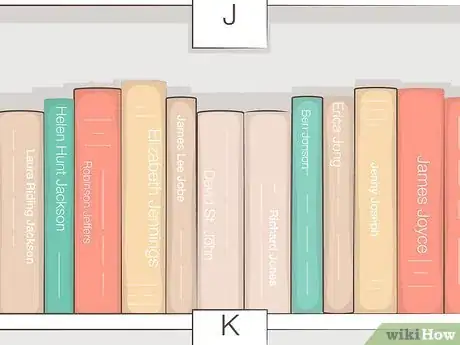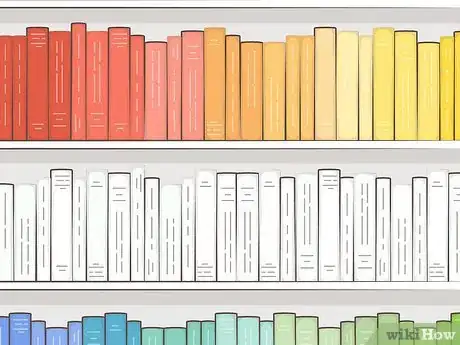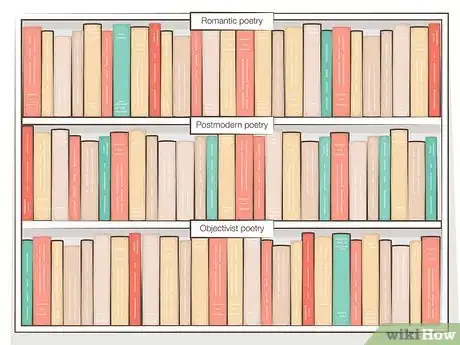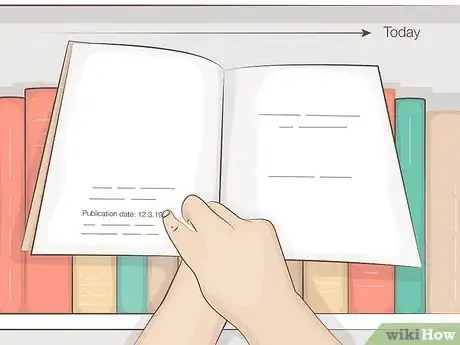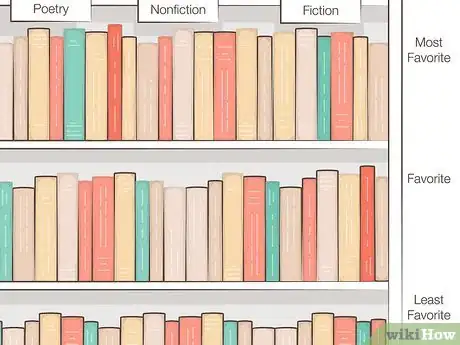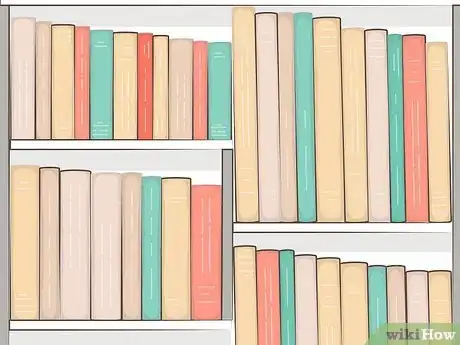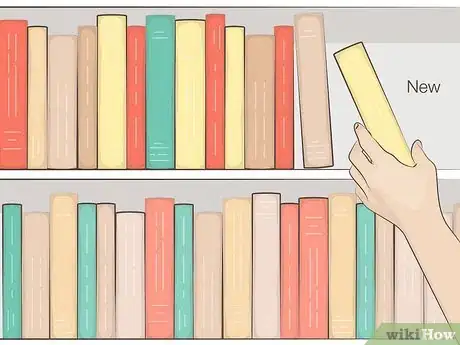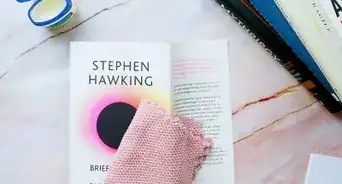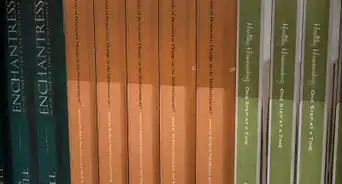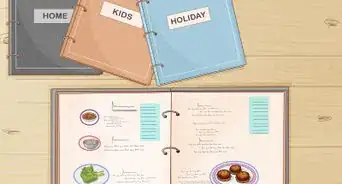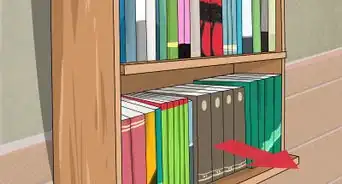This article was co-authored by Keith Bartolomei and by wikiHow staff writer, Eric McClure. Keith Bartolomei is a Professional Organizer who runs his own consulting business called Zen Habitat based in the San Francisco Bay Area. Keith is a member of the National Association of Productivity and Organizing Professionals (NAPO), and is a Certified KonMari Consultant. He has over six years of organizational experience and has been trained in the art of tidying, including being trained by author of The Life Changing Magic of Tidying Up, Marie Kondo, and her team. He has been voted as one of the Best Home Organizers in San Francisco by Expertise in 2018 and 2019.
There are 7 references cited in this article, which can be found at the bottom of the page.
wikiHow marks an article as reader-approved once it receives enough positive feedback. In this case, several readers have written to tell us that this article was helpful to them, earning it our reader-approved status.
This article has been viewed 364,728 times.
If your books are starting to pile up all over the place or you find yourself perpetually digging through stacks looking for that novel you’ve been meaning to read, it may be time to reorganize. Luckily you have a ton of choices when it comes to how you organize and display your books. There are no right or wrong ways to do this, so feel free to try out several methods to see what feels right for you. You can even combine a handful of different organizational styles to create something totally unique to you!
Steps
Community Q&A
-
QuestionHow do I know which of the author names to use when there is more than one?
 Community AnswerMost libraries use the name of the first author listed, so for example, "Preston and Child" would be shelved under "Preston."
Community AnswerMost libraries use the name of the first author listed, so for example, "Preston and Child" would be shelved under "Preston." -
QuestionHow do I buy a book shelf?
 Community AnswerYou could go to a furniture store like Ikea, or order one from a furniture store online. Even Amazon sells book shelves. You could also make one yourself if you are handy. If you buy one from the store, make sure you take a vehicle big enough to transport it.
Community AnswerYou could go to a furniture store like Ikea, or order one from a furniture store online. Even Amazon sells book shelves. You could also make one yourself if you are handy. If you buy one from the store, make sure you take a vehicle big enough to transport it. -
QuestionCan I arrange my books according to the publisher?
 Kim GTop AnswererThe main purpose in organizing books is to make them easily accessible. If you can best access your books by publisher, then it is perfectly fine to organize them that way.
Kim GTop AnswererThe main purpose in organizing books is to make them easily accessible. If you can best access your books by publisher, then it is perfectly fine to organize them that way.
References
- ↑ https://www.avclub.com/how-do-you-organize-your-books-1832396137
- ↑ https://www.theguardian.com/books/2017/aug/12/homes-author-hanya-yanagihara-new-york-12000-books
- ↑ https://lithub.com/how-11-writers-organize-their-personal-libraries/
- ↑ https://www.libraryjournal.com/?detailStory=your-home-librarian-organizing-books-in-your-home-part-1
- ↑ https://www.nbcnews.com/better/lifestyle/better-way-organize-style-your-book-shelves-ncna1045771
- ↑ https://lithub.com/how-11-writers-organize-their-personal-libraries/
- ↑ https://lithub.com/how-11-writers-organize-their-personal-libraries/
- ↑ https://www.architecturaldigest.com/gallery/home-libraries-slideshow
- ↑ https://www.nbcnews.com/better/lifestyle/better-way-organize-style-your-book-shelves-ncna1045771
- ↑ https://www.avclub.com/how-do-you-organize-your-books-1832396137
- ↑ https://lithub.com/how-11-writers-organize-their-personal-libraries/
- ↑ https://www.libraryjournal.com/?detailStory=your-home-librarian-organizing-books-in-your-home-part-1
- ↑ https://lithub.com/how-11-writers-organize-their-personal-libraries/
- ↑ https://www.avclub.com/how-do-you-organize-your-books-1832396137
- ↑ https://lithub.com/how-11-writers-organize-their-personal-libraries/
- ↑ https://www.apartmenttherapy.com/book-organizing-tips-librarian-36721739
- ↑ https://www.libraryjournal.com/?detailStory=your-home-librarian-organizing-books-in-your-home-part-1
About This Article
There are many different ways you can organize your books depending on your needs and personal preferences. One common way is to simply organize your books alphabetically by the author’s last names. This will make finding your books quicker and easier. You can also separate your books into genres. For example, you could have different shelves for fiction, history, science, and cookbooks. For a more aesthetic option, organize your books by the color of their spines. That way, you can have each shelf a different color. It might take a bit longer to find a book, but it’ll make a great display! For more tips from our Organizing co-author, including how to store books you don’t have space for, read on!

